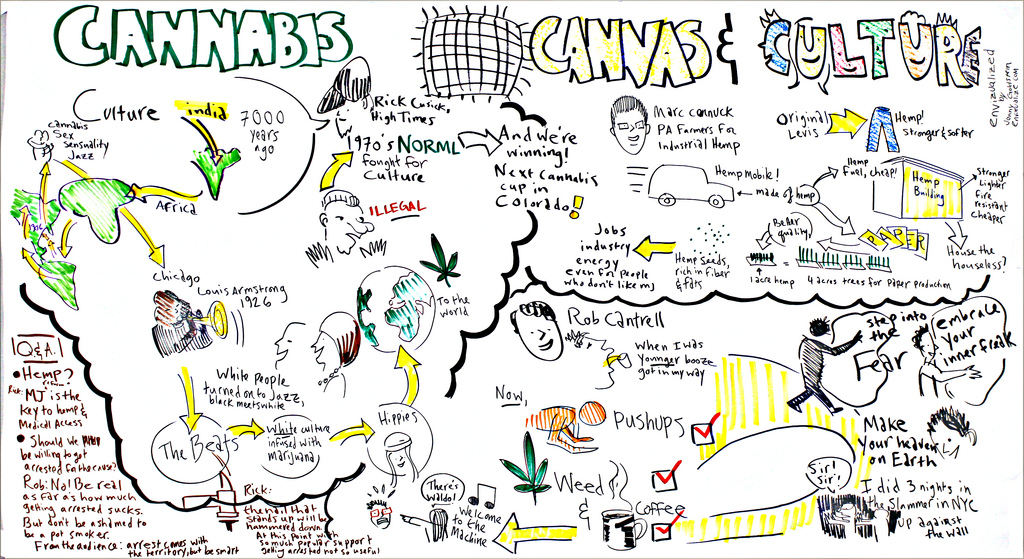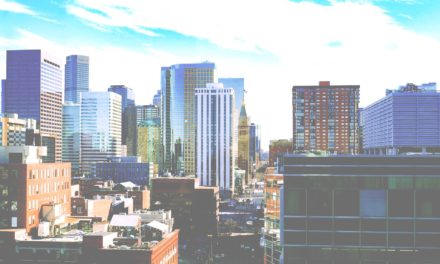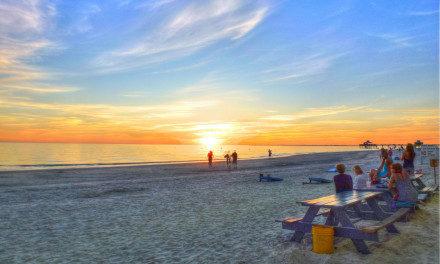When it comes to laws regulating marijuana, it can get a little fuzzy. Since the drug is legalized on different grounds between the federal and state law, many may not know where pot is legal for recreational use, where it is legal for medicinal use and where it flat out is not legal at all.
The entire landscape of marijuana in the United States is changing, and according to a Gallup Poll, 51 percent of Americans think it should be legal.
Recreational use of the drug is currently legal in Colorado, Oregon, Washington, Alaska and the District of Columbia. Nineteen other states currently have laws legalizing marijuana for medicinal purposes. Within the states allowing for recreational use, there is a limit of buying or possessing up to an ounce of marijuana and growing six plants, or possessing about 8 ounces at home. Many states have also decided to decriminalize the possession of small amounts of marijuana, replacing the private use of up to an ounce with a civil fine.
While many state laws are continuously changing to allow for the use of recreational or medicinal marijuana, it is still important to realize that the drug is illegal on a federal level. In a YouTube interview, President Obama said, “The position of my administration has been that we still have federal laws that classify marijuana as an illegal substance, but we’re not going to spend a lot of resources trying to turn back decisions that have been made at the state level on this issue.” This has the potential to change in the future, but for now individual states are taking the reins and either retracting or pushing for their own full legalizations.
Still confused about the web of laws around marijuana? Watch this video to learn more.






Trackbacks/Pingbacks